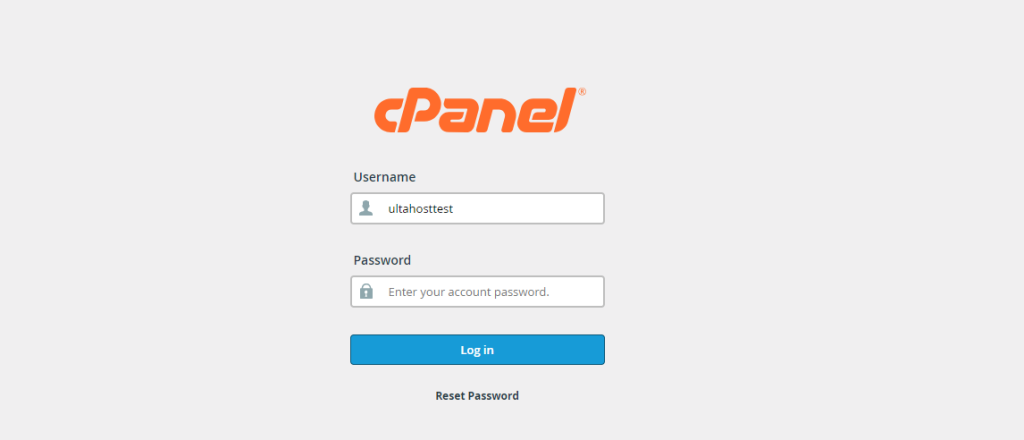How to Create and Schedule Events in MySQL
Automating tasks in MySQL, like backups, data cleaning,...

MySQL databases are integral to many websites and applications, particularly those built on WordPress. Even the strongest systems may face corruption from hardware issues, unexpected shutdowns, software glitches, or poorly configured plugins. In such cases, phpMyAdmin, one of the most popular web-based MySQL administration tools, can serve as your initial recovery attempt.
This guide explains the processes of detecting, troubleshooting, and fixing corrupted MySQL databases through phpMyAdmin. This tutorial caters to users operating a personal blog to those managing a busy e-commerce site, aiming to restore MySQL databases and reduce downtime as much as possible.
Before diving into repairs, it’s important to understand what corruption looks like and why it happens.
#1034 - Index for table 'xyz' is corrupt; try to repair itTable './database/table' is marked as crashed and should be repairedGot error ### from storage engineUnexpected end of fileThese errors usually indicate corruption in MyISAM tables. InnoDB corruption is more complex and requires different handling, which we’ll cover later.
Before repair mysql database, follow these precautions to fix corrupted db phpmyadmin:
Always create a full backup using cPanel before attempting repairs. You can export the database via phpMyAdmin:
Go to phpMyAdmin, then Export. Choose Quick or Custom export method, select SQL format, and download.
MySQL supports multiple storage engines, like MyISAM or InnoDB:
REPAIR TABLE commandBuild Blazing-fast Websites with MySQL Hosting!
Ultahost’s high-performance pre-configured servers ensure fast MySQL websites and apps with easy setup, scalability, and expert support!
To check the engine:
Go to phpMyAdmin, then Database, follow Table Structure. Look under the Type column
MyISAM tables are easier to repair using built-in phpMyAdmin tools.
1. Access your FTP or File manager via cPanel, XAMPP, or direct URL (http://localhost/phpmyadmin)

2. Click on the Databases tab. Choose the phpmyadmin affected database.

3. Scroll down and then click Check All.
4. From the dropdown menu labeled With selected, choose Check Table.
5. phpMyAdmin will display the status of each table. Look for messages like “marked as crashed”.
6. Select the corrupted tables again. From the With selected dropdown, choose Repair Table.
7. phpMyAdmin will show a success message. Re-run Check Table to confirm the status is OK.
You can also run the MySQL repair command manually:
CHECK TABLE tablename; REPAIR TABLE tablename;
Replace tablename with the actual name of your table.
Read also How to Easily Clone Your WordPress Site
InnoDB tables do not support the REPAIR TABLE command. If your corrupted table uses InnoDB, you’ll need to take a different approach.
InnoDB recovery can lead to data loss if not done carefully. Always back up your data first.
1. Edit your MySQL configuration file (my.cnf or my.ini):
[mysqld] innodb_force_recovery = 1
You can try values from 1 to 6, increasing severity:
1: Only prevents background operations6: Forces recovery but risks data lossRestart MySQL after editing the config.
2. Once MySQL starts in recovery mode. Use phpMyAdmin or mysqldump to export the database:
mysqldump -u root -p database_name > backup.sql
3. After exporting, do the following things:
innodb_force_recovery from config.If you encountered the error, take these steps to resolve the issue:
mysqlcheck.Once your database is repaired, take steps to prevent future issues:
Database corruption can cause your site to be down, and users are affected. But with phpMyAdmin and a methodical approach, you can often resolve issues quickly and safely. Whether you’re running a WordPress site or managing a custom application, knowing how to repair your MySQL database is an essential skill for any system administrator or developer.
Choosing a VPS provider can be a difficult task, with so many options available. Ultahost understands your specific needs and requirements and brings you a perfect solution. Get access to Ultahost’s best free VPS servers with a free trial, ensuring ultra-fast speeds and instant deployment. Choose between Linux and Windows and host your websites or applications at any of our 20+ global data centers.
You may see error messages, missing data, or broken tables while accessing your database.
Yes, phpMyAdmin provides a “Repair Table” option that helps fix corrupted tables.
Select your database, choose the table, click Operations, use the Repair Table option.
No, repairing a table usually fixes corruption without deleting data, but always back up first.
Common causes include server crashes, hardware failure, improper shutdowns, or disk errors.
Yes, in phpMyAdmin, you can select multiple tables and choose the Repair Table option.
You may need to use MySQL command-line tools or restore the database from a backup.
UltaAI – Intelligent Assistant for Ultahost Users
Get expert guidance on domains and hosting with UltaAI. Enjoy tailored recommendations just for you.